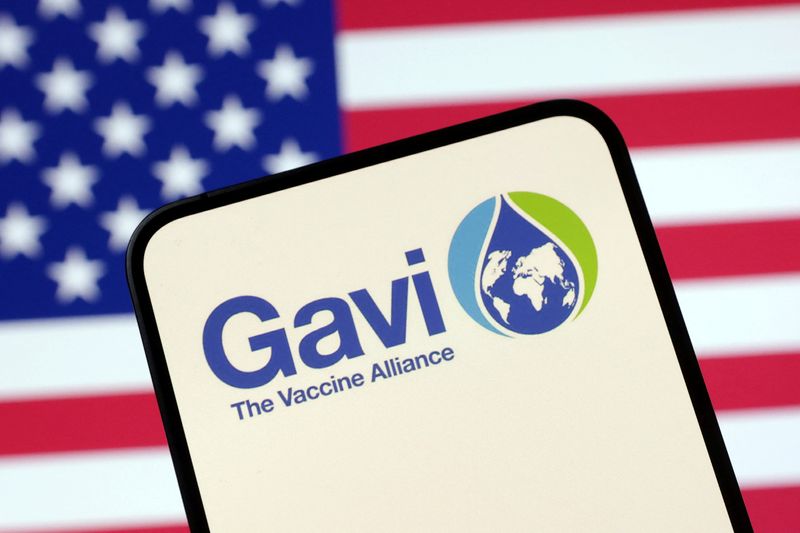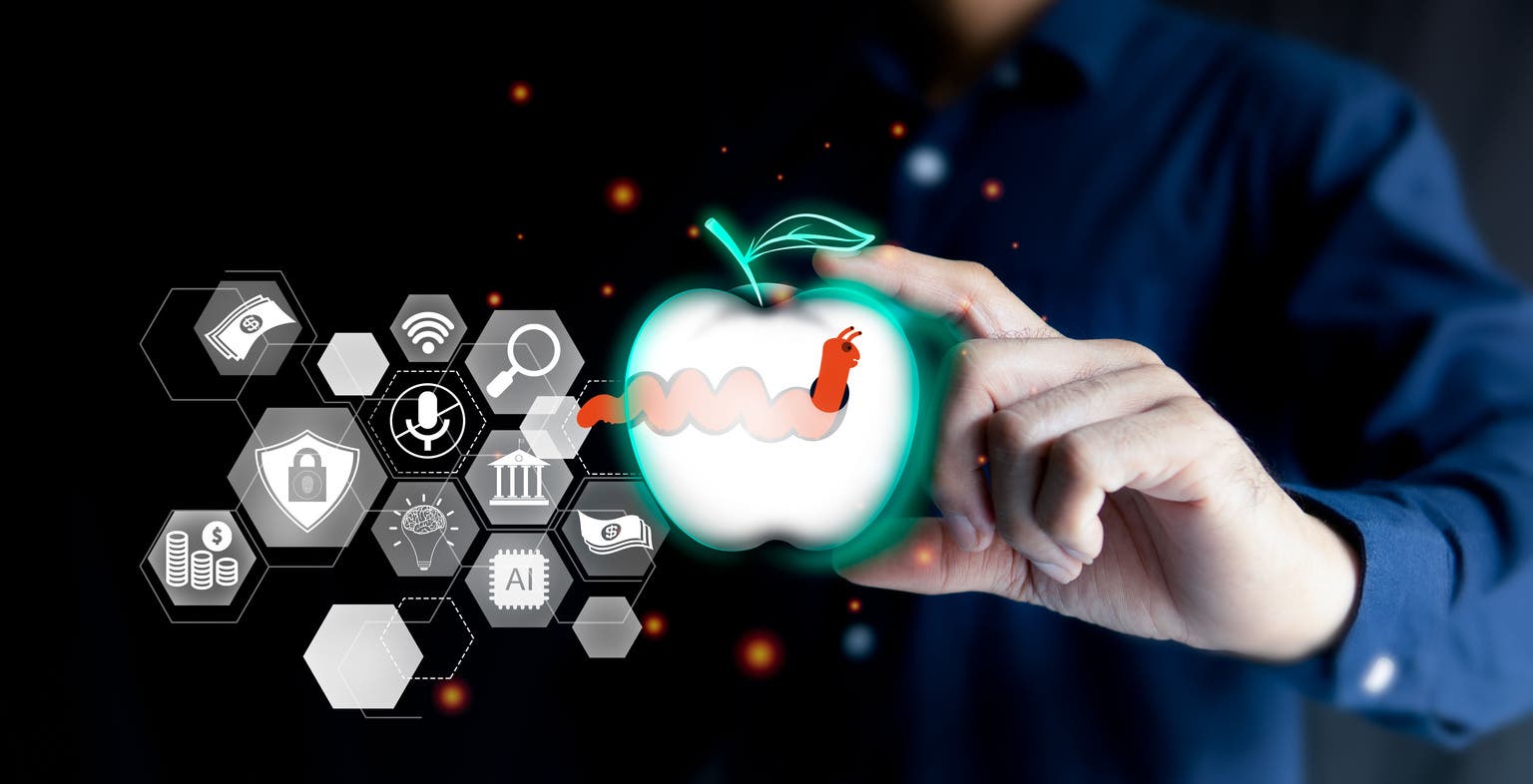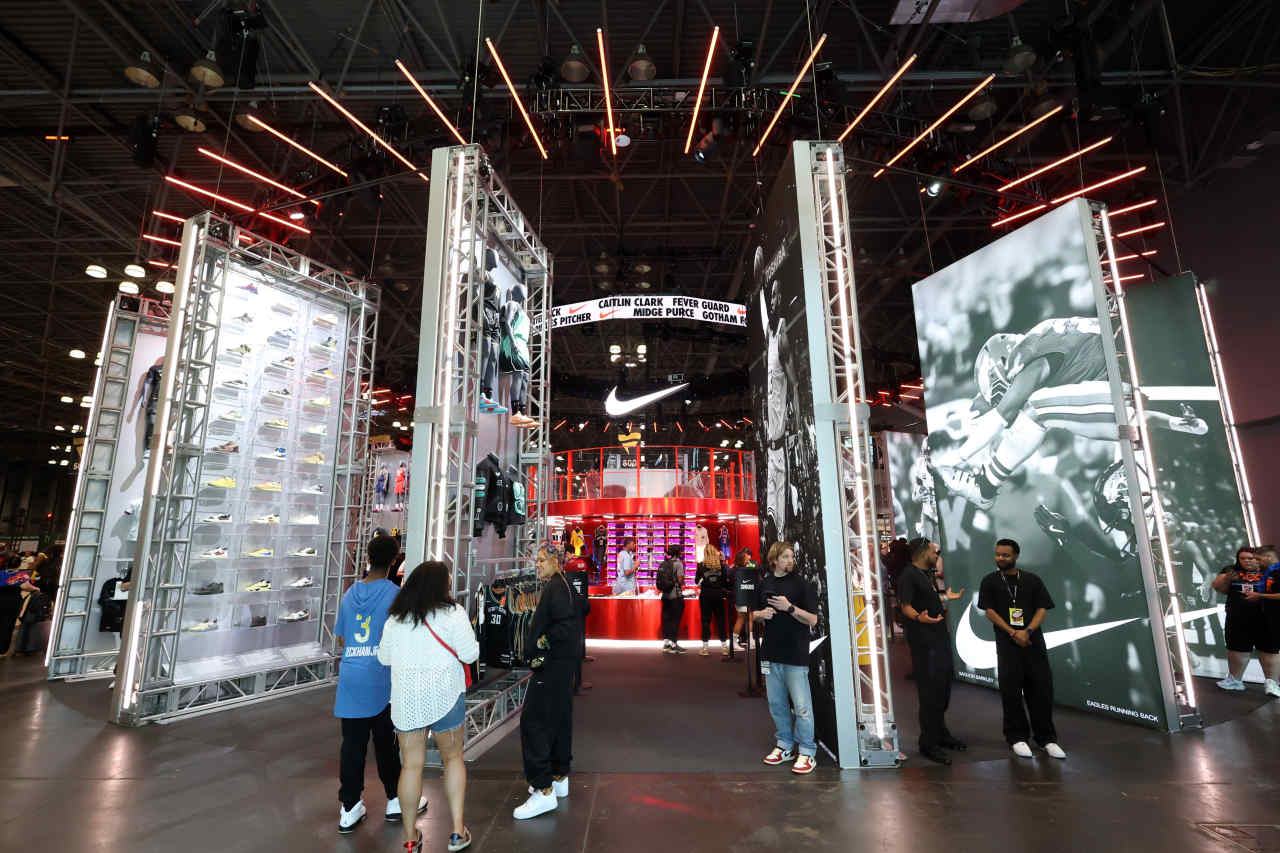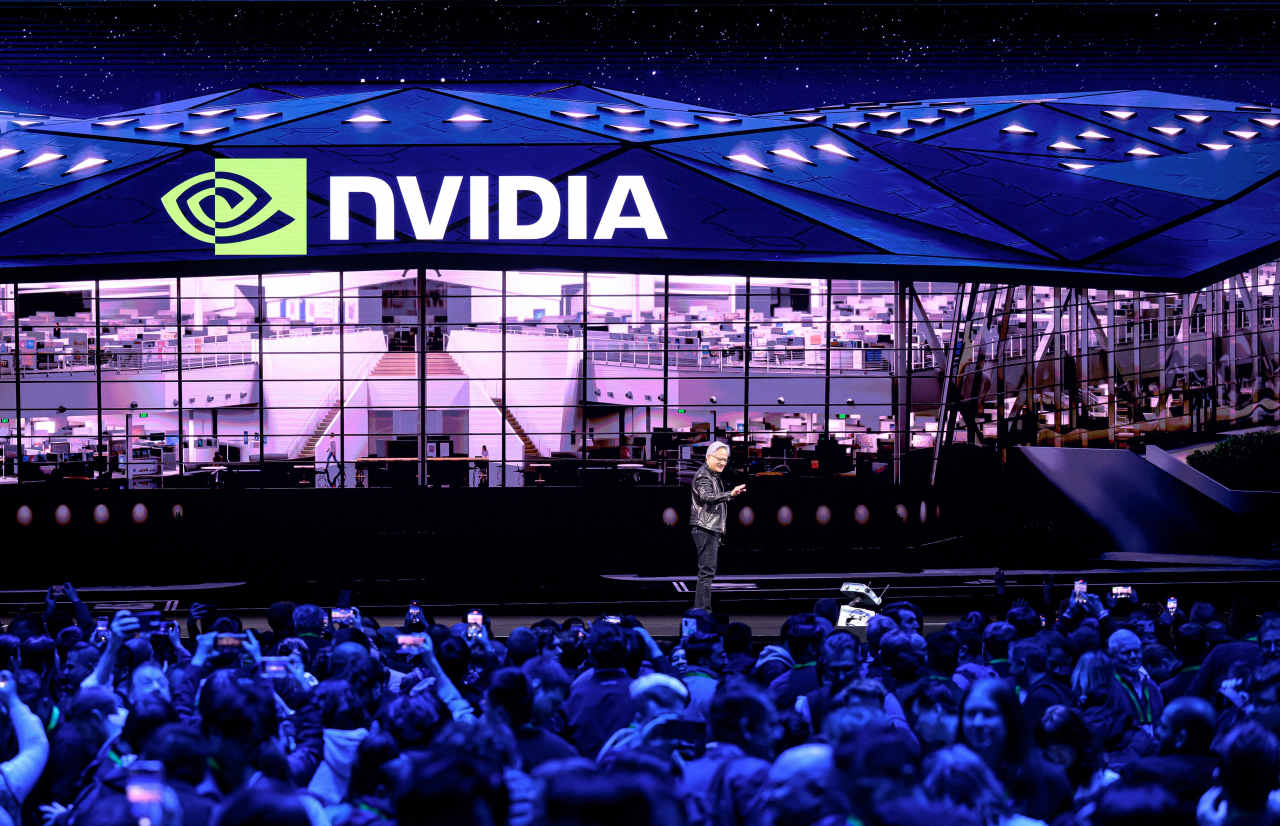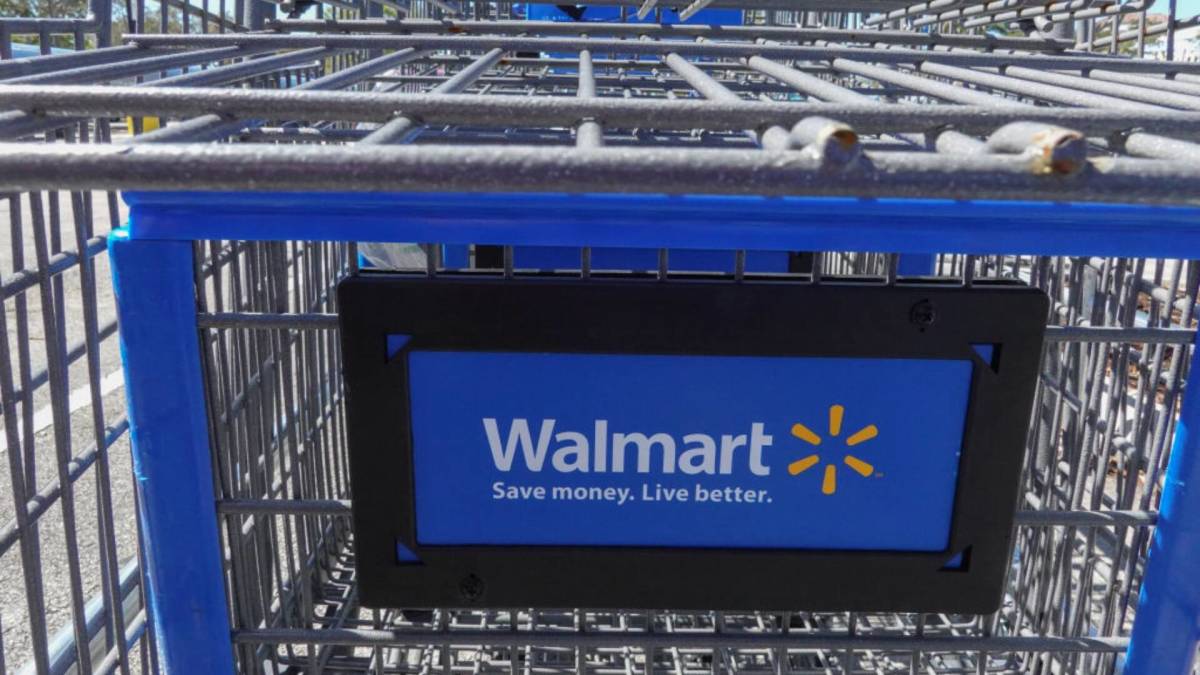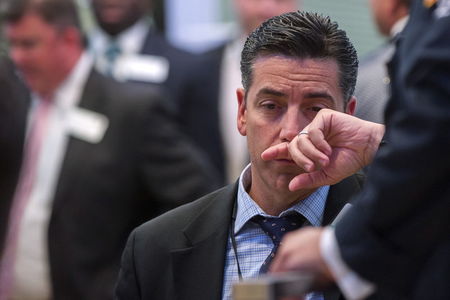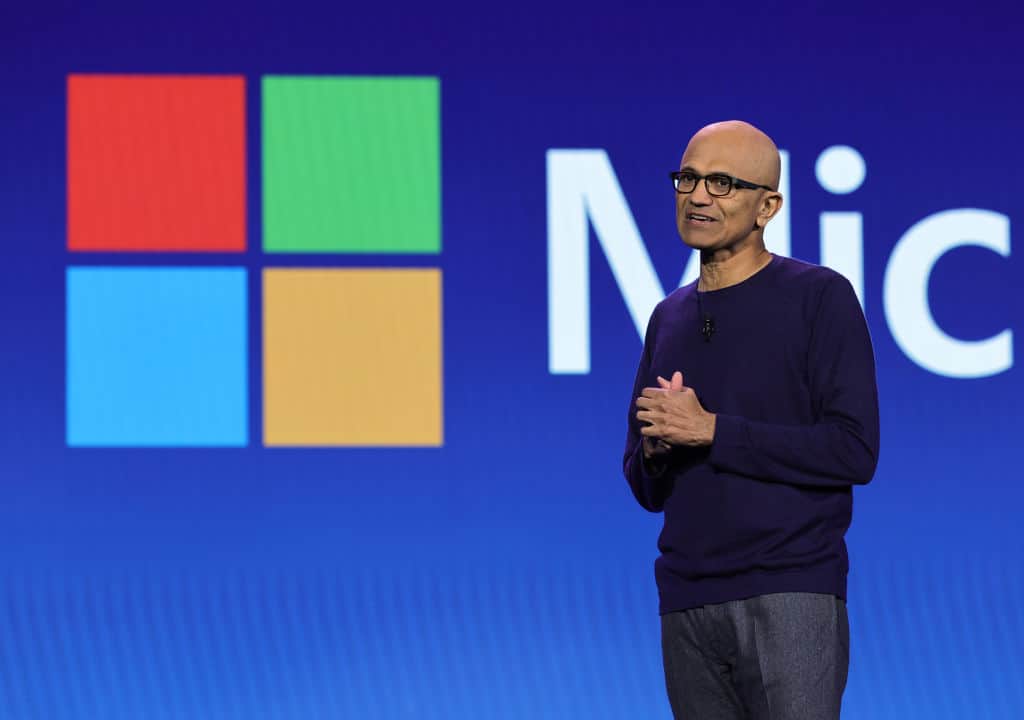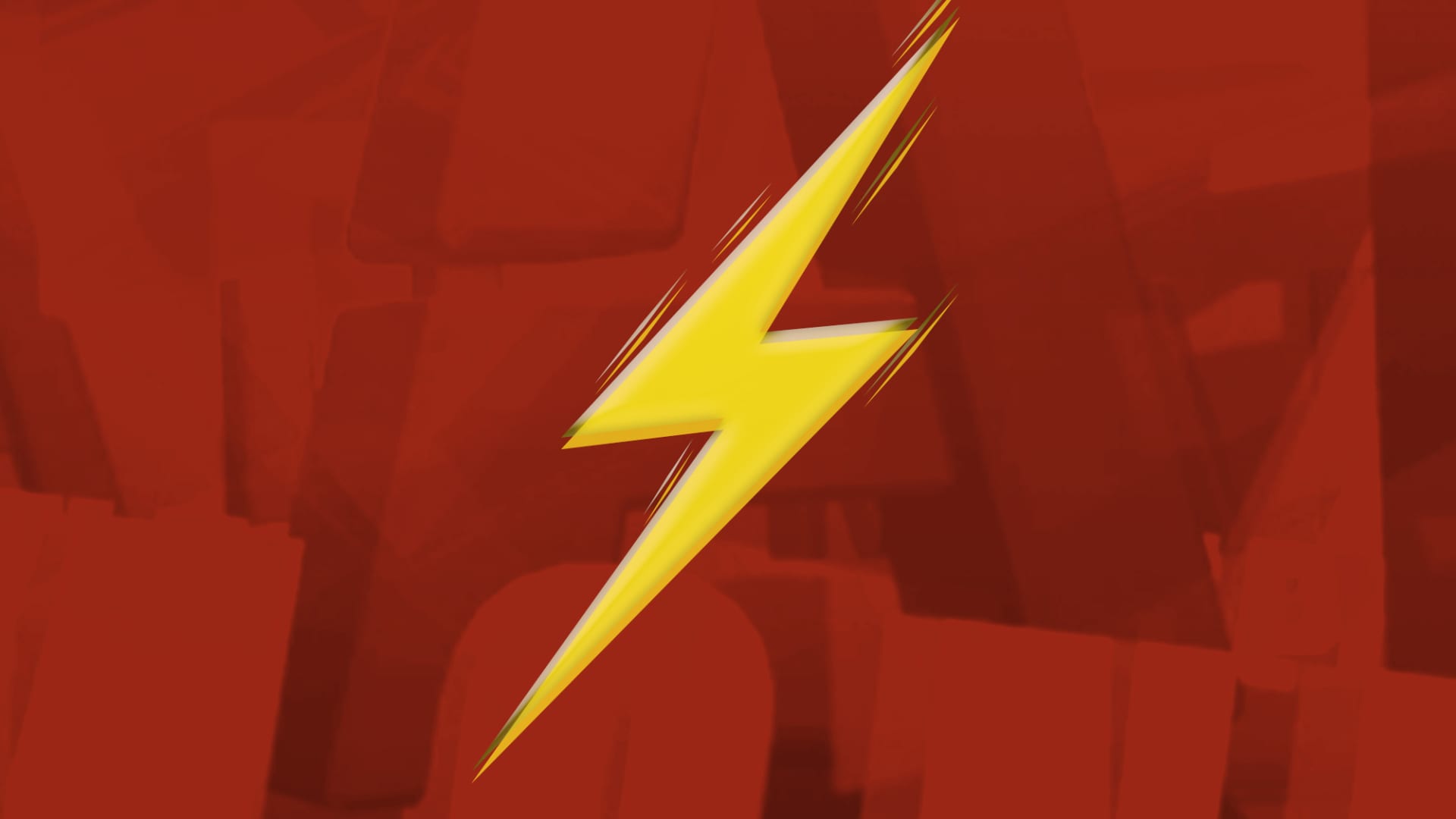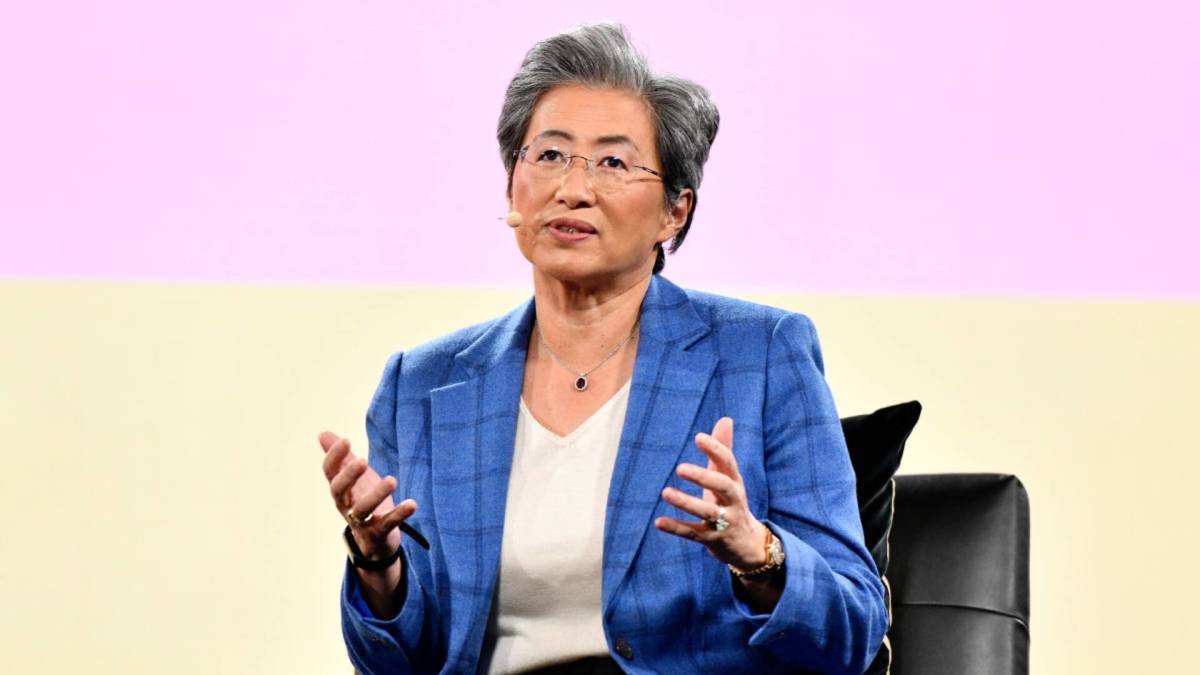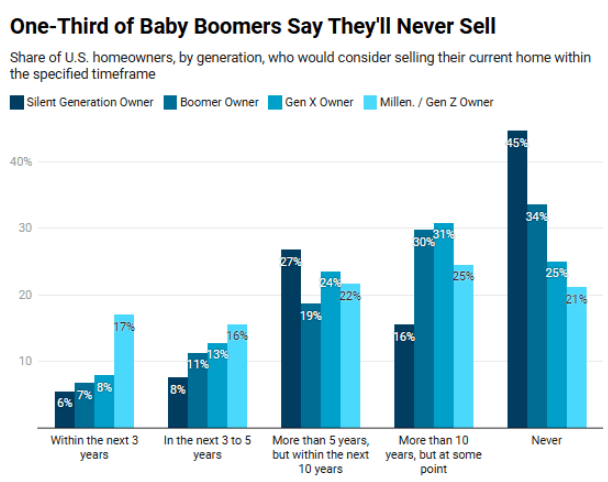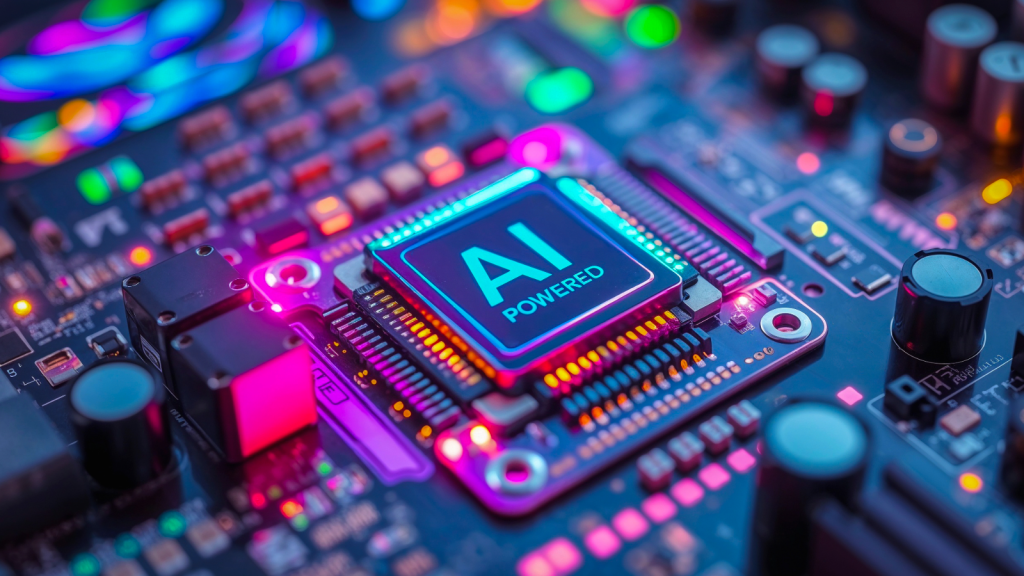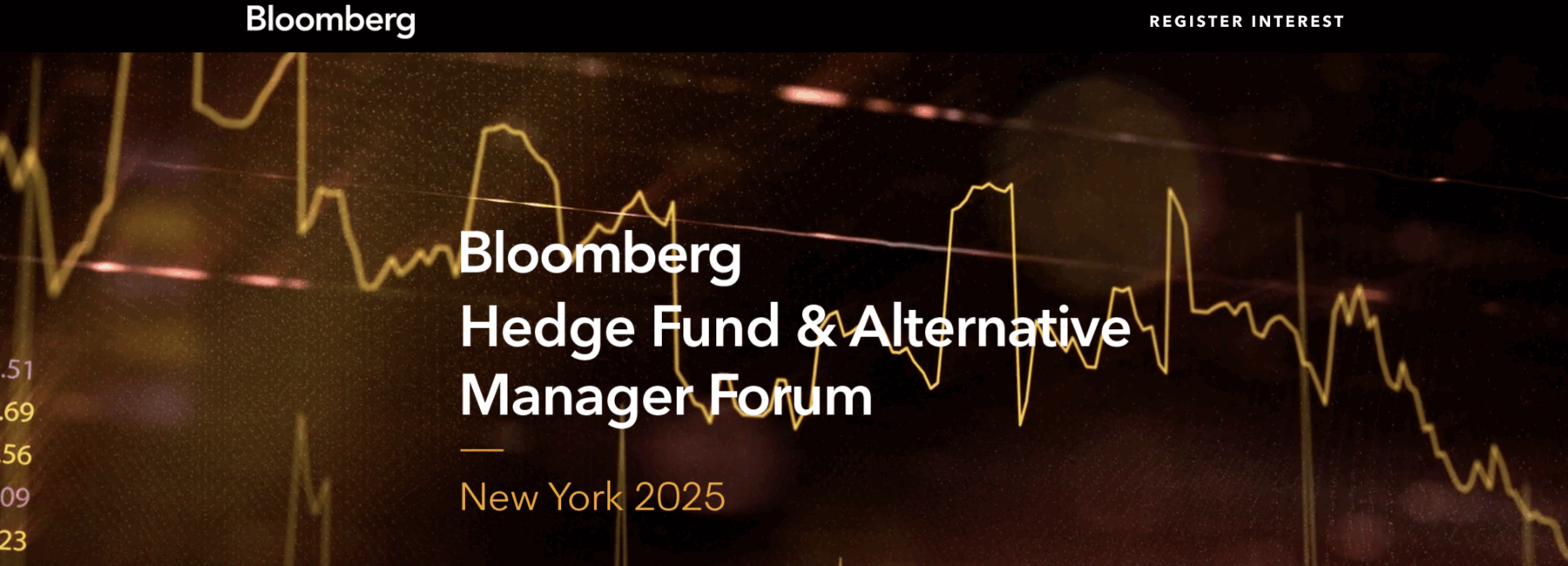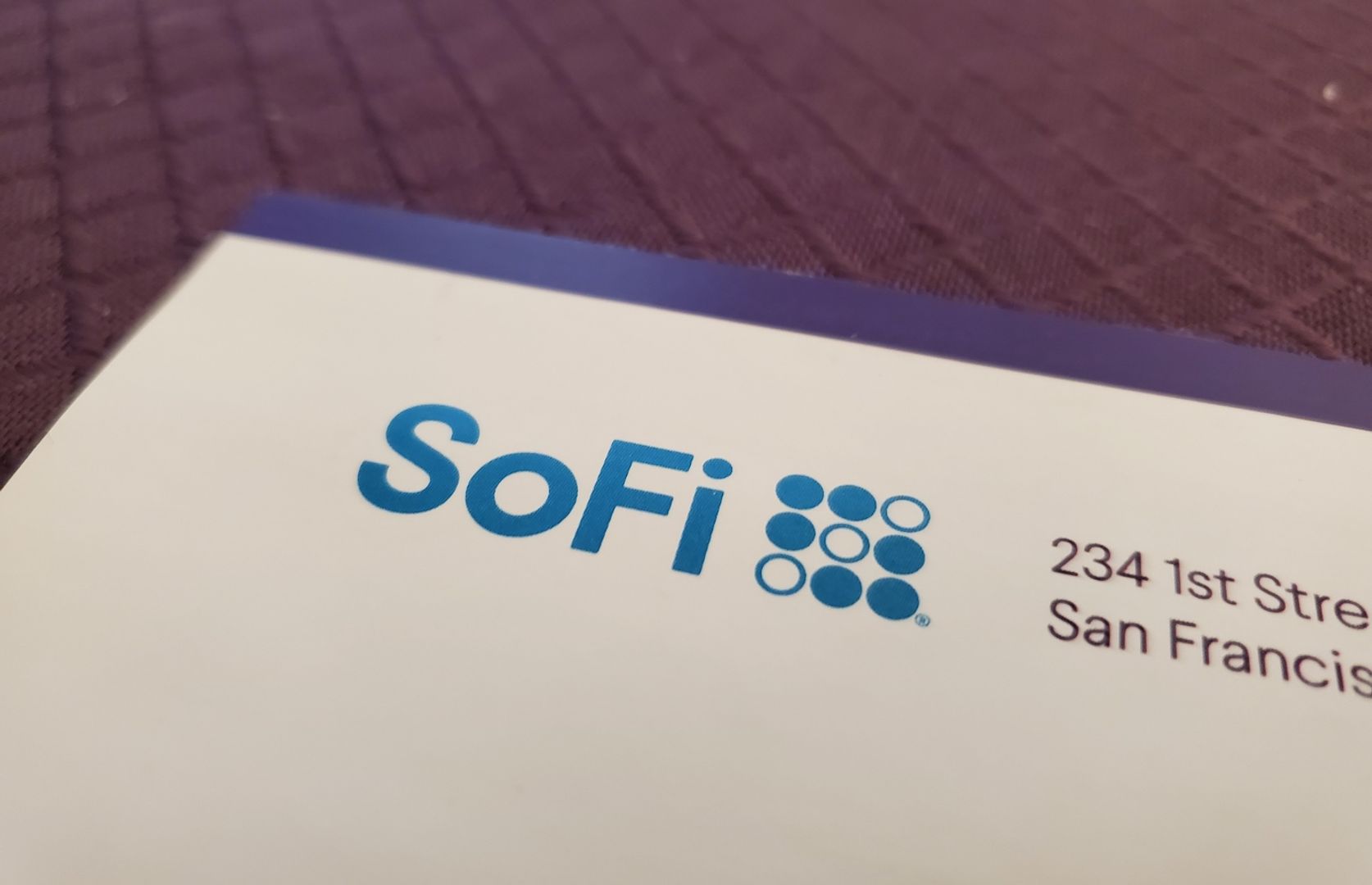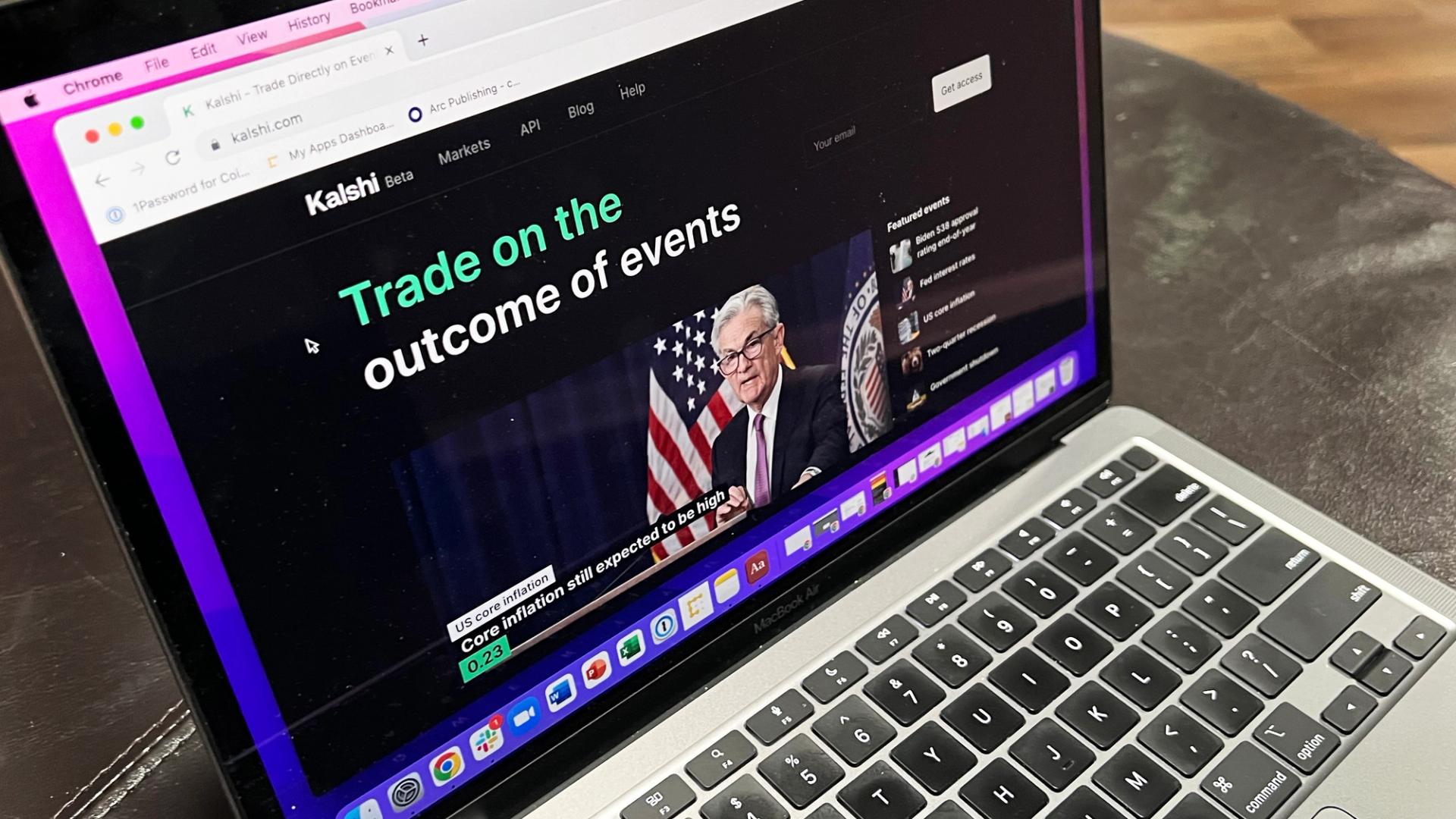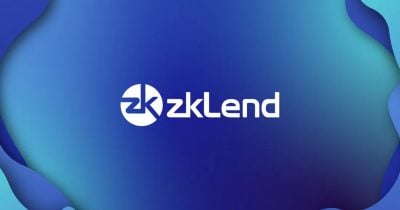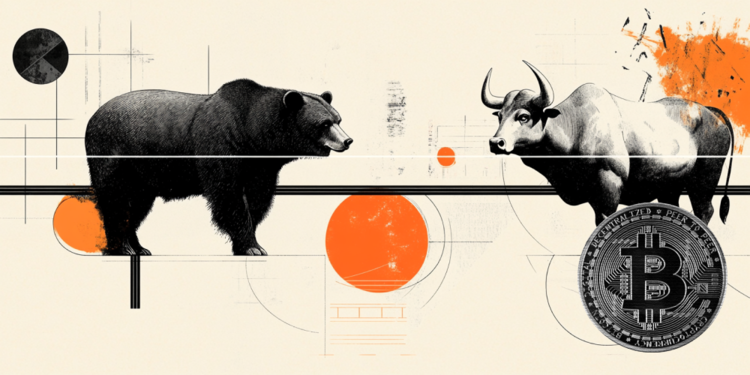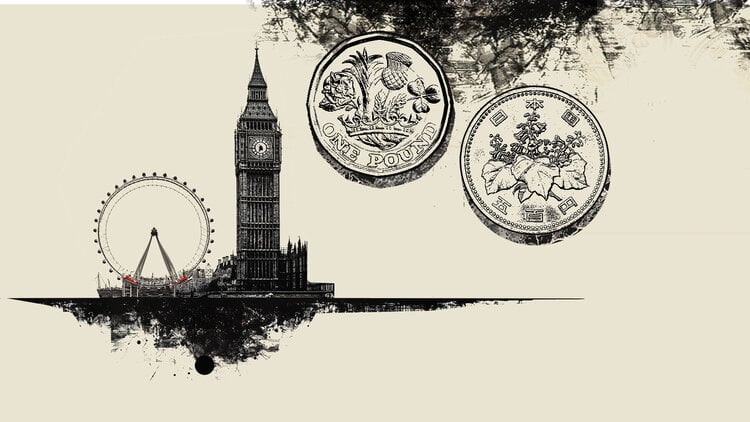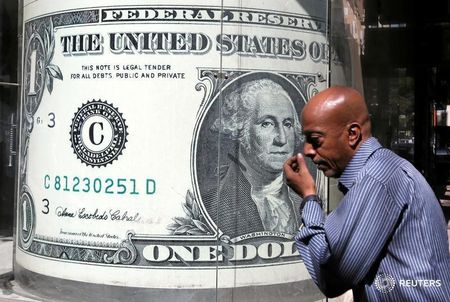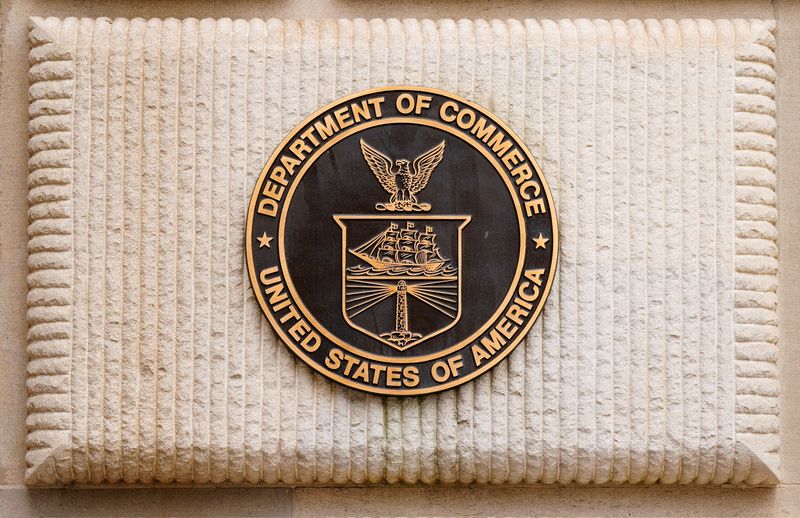Canva’s CTO encourages all 5,000 employees to find the AI tools that work best for them
Brendan Humphreys, the Chief Technology Officer at Canva, says all employees play a big role in figuring out what AI-enabled workplace tools are best for them.

Canva’s chief technology officer, Brendan Humphreys, says artificial intelligence advancements are moving so quickly that the Australian software maker’s 5,000 employees are allowed to purchase any enterprise tool they’d like.
“We want to have just a thousand blossoms bloom,” says Humphreys of this embrace of what he calls “permissive” licensing.
To be sure, Canva’s security and trust teams still vet all potential AI tools before employees are authorized to use them. And the company says it has rejected some vendors that didn’t provide clear assurances about data protections and at times, their cybersecurity practices.
But, Canva’s overall intention is to send a strong message to employees that they can play a big role in steering their own course forward with AI. Humphreys says that’s a rethinking of the more traditional approach, when IT departments would act as the custodian for all technology systems that would be deployed. He says now everyone is in research and development when it comes to AI.
“We want them to be intrinsically motivated to understand that their jobs have essentially changed,” says Humphreys.
That’s also where the great challenge lies for Humphreys and other C-suite leaders at Canva. They take on the responsibility of educating the workforce on how best to use AI to boost productivity.
In July, Canva will host an “AI discovery week,” which includes three days of learning courses and a two-day “hackathon,” giving employees a good amount of time from regular workday tasks to experiment with AI. The entire organization is invited to attend and the courses offered will be taught by Canva employees, including a mix of technologists and those who are more self-taught.
Every two weeks, Canva hosts an AI-focused virtual event that draws up to 2,000 attendees, where the company allows practitioners of AI to share their favorite use cases. One employee shared how they were able to create a custom GPT, which is a specialized version of OpenAI’s GPT models to perform specific actions, to help managers compare career targets with their notes about an employee’s performance. This has helped save time drafting the bi-annual performance management assessments at Canva.
In yet another example, engineers who have mastered AI coding tools like GitHub Copilot, Cursor, and Windsurf have been encouraged to show not only how they can prompt effectively with these tools but also display the limitations and where human input is needed. Their output is always reviewed by a peer, who is also encouraged to utilize AI for their own code comprehension.
Humphreys says new graduates have a disadvantage when it comes to coding, as they know how to use these tools but don’t have the on-the-ground experience to determine whether the AI-written code is good or bad. To that end, Canva is investing in internal mentoring with more senior employees and also created a custom GPT based on around 300 peer-reviewed articles written by engineers at Canva explaining how the organization conducts software development. Junior employees can ask the GPT questions the way they would a human peer.
“I think it’s a challenge for the industry and how we get junior engineers to make that transition to senior,” says Humphreys.
Humphreys says the “vast majority” of the company’s engineers have experimented with AI and 50% are using these tools daily. He’d like to see that number rise to 80% by the end of 2025. The productivity for software engineers is at around 30%, on par with what many other CTOs and chief information officers are seeing, but Humphreys says they don’t fixate too much on that. He’s really focused on adoption.
He joined Canva in 2014 as a senior engineer and rose up the ranks several times before being elevated to the role of CTO in September. Humphreys oversees all technology, including IT, product development, infrastructure, security, and data science. Externally, recent launches have included Canva Sheets, an AI-powered collaborative spreadsheet product, and AI video generation with audio, which is powered by Google’s Veo 3 model. The company says Canva AI now generates eight-second video slips with synchronized audio.
For the internal applications of AI, Humphreys stresses the importance of keeping humans in the loop, whether AI is being used to help source code, write a press release, prepare a job assessment for a colleague, or help formulate a marketing plan. Employees will always be judged for all of their AI-assisted work.
“Humans are ultimately the owners,” says Humphreys. “They really have to own that output.”
John Kell
Send thoughts or suggestions to CIO Intelligence here.
This story was originally featured on Fortune.com





